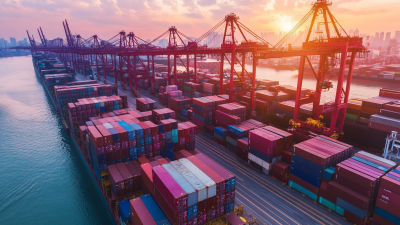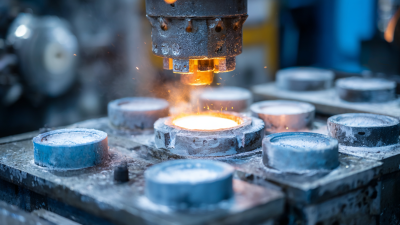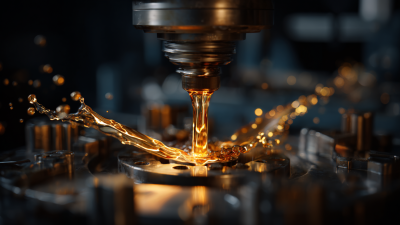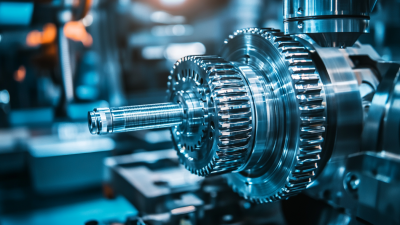 +86 180 0293 5268
+86 180 0293 5268






Investment casting, a precision manufacturing process, is increasingly becoming crucial in the aerospace industry, with advanced techniques reshaping its landscape. According to a report by the MarketsandMarkets Research Team, the global investment casting market is projected to reach USD 27.1 billion by 2026, reflecting a compound annual growth rate (CAGR) of 5.3%. This growth is driven by rising demand for lightweight components in aircraft manufacturing and the need for enhanced performance and efficiency.
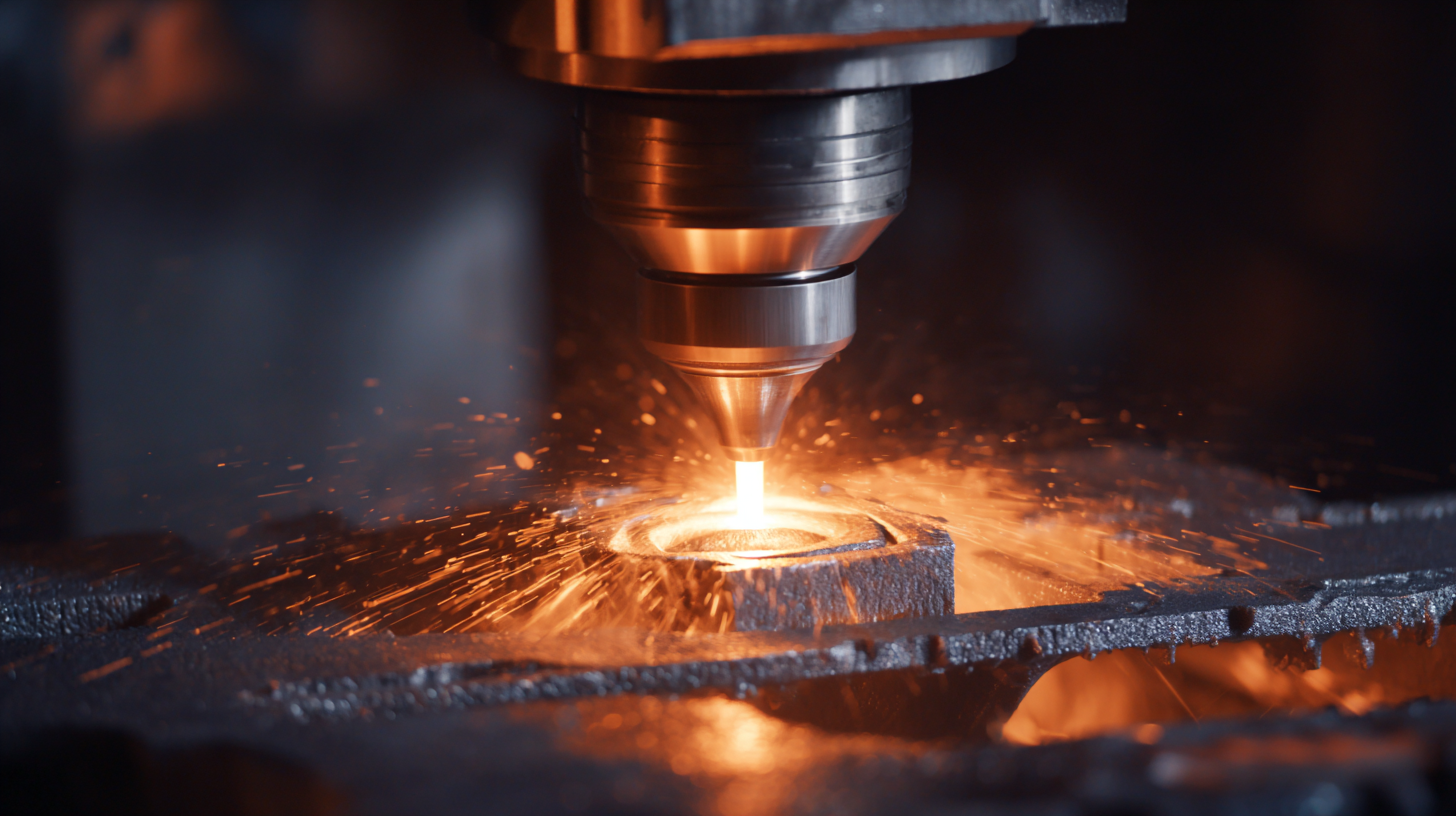
Advanced technologies, including computer-aided design (CAD) and additive manufacturing processes, are allowing manufacturers to create highly intricate and lightweight parts that meet stringent aerospace standards. As aerospace companies aim for improved fuel efficiency and reduced emissions, the integration of investment casting with sophisticated methods is set to play a pivotal role in meeting these industry challenges and unlocking new opportunities for innovation.
The aerospace industry is continually evolving, with investment casting techniques at the forefront of this transformation. Emerging trends in investment casting are significantly impacting the production of lightweight, high-strength components essential for modern aircraft. Techniques such as 3D printing are increasingly being integrated into the investment casting process, allowing for more complex geometries that were previously unattainable. This fusion of technologies not only reduces material waste but also shortens the production cycle, leading to faster time-to-market for critical aerospace components.
Another trend seeing traction in investment casting is the use of advanced alloys and materials. Aerospace manufacturers are exploring new nickel and titanium-based alloys that enhance durability and performance under extreme conditions. These innovations facilitate the creation of parts that are both lighter and stronger, directly contributing to improved fuel efficiency and performance of aircraft. As these advanced casting methods continue to evolve, the aerospace sector can expect improved reliability and functionality in its components, paving the way for next-generation aircraft design and performance.
The integration of advanced techniques such as 3D printing is revolutionizing investment casting in the aerospace sector. As the demand for high-performance components increases, manufacturers are increasingly turning to additive manufacturing to enhance the precision and efficiency of traditional casting methods. Recent market analyses project that the global market for cast iron products will experience significant growth, with a notable CAGR between 2025 and 2033, driven largely by innovations in metal casting technologies.
3D printing is particularly instrumental in creating complex geometries that were traditionally impossible or economically unfeasible with conventional methods. By enabling rapid prototyping and reduced lead times, it facilitates the production of intricate patterns that can significantly improve the mold-making process in investment casting. Additionally, reports highlight that the automotive and aerospace industries represent a large portion of this growth, as companies seek to achieve lightweight designs and increased fuel efficiency through advanced casting techniques. This technological convergence not only streamlines manufacturing workflows but also opens avenues for more sustainable practices within the casting industry.
| Technique | Description | Benefits | Challenges | Future Outlook |
|---|---|---|---|---|
| 3D Printing | Utilizes additive manufacturing to create molds for casting. | Reduces lead times, enhances design flexibility, and minimizes waste. | Material limitations and post-processing requirements. | Increasing adoption in specialized aerospace applications. |
| Vacuum Casting | Casting process under vacuum conditions to eliminate air bubbles. | Improved surface finish and dimensional accuracy. | Higher initial setup costs and complexity. | Promising for complex geometries in aircraft components. |
| Investment Casting | A precision casting process known for high quality parts. | High dimensional accuracy and excellent surface finish. | Longer production times and more complex setup. | Continued innovation to meet aerospace specifications. |
| Hybrid Methods | Combination of 3D printing and traditional investment casting. | Benefits of both techniques, maximizing efficiency. | Requires expertise in multiple technologies. | Set to grow as technology improves and costs decrease. |
Investment casting has significantly evolved in the aerospace sector, driven by the introduction of advanced techniques that optimize performance and reduce production costs. According to a recent report by Market Research Future, the aerospace investment casting market is projected to reach $7.5 billion by 2025, illustrating a robust compound annual growth rate (CAGR) of 7.2%. These advanced casting methods not only enhance the precision of components but also minimize material waste, offering a compelling cost-benefit advantage.
Moreover, the adoption of innovative materials such as titanium and high-temperature alloys is becoming increasingly common. A study from the American Foundry Society noted that using advanced investment casting can reduce manufacturing costs by up to 30%, while improving the mechanical properties of aerospace parts. This transition not only aligns with sustainability goals but also supports the production of lighter and more efficient aircraft, which are integral to meeting future regulatory standards.
Tips: When considering investment casting for aerospace applications, companies should evaluate the demonstrated cost reductions and improved efficiency aligned with advanced techniques. Additionally, investing in the latest technology can yield significant long-term savings and ensure compliance with stringent aerospace regulations. Educating your team on these advancements will also facilitate a smoother transition and maximize potential benefits.
This chart illustrates the cost-benefit analysis of advanced investment casting techniques used in the aerospace sector, showcasing the savings in production costs, material efficiency, and reduced lead times versus traditional methods.
Advancements in quality control are revolutionizing the investment casting process in the aerospace sector, ensuring that components meet the stringent standards required for safety and performance. Innovative techniques such as real-time monitoring and data analytics are becoming integral to the casting process. By utilizing advanced sensors and imaging technology, manufacturers can detect defects at early stages, significantly reducing the likelihood of costly reworks and enhancing overall product reliability.
Furthermore, the integration of automated systems in quality assurance processes is streamlining operations, allowing for faster turnaround times while maintaining high quality. Predictive analytics can forecast potential failures by analyzing historical data, providing manufacturers with insights to adjust processes proactively. As aerospace applications demand increasingly complex geometries and tighter tolerances, these innovations in quality control not only drive efficiency but also foster a culture of continuous improvement within the investment casting industry. By embracing these advanced quality control measures, companies can enhance their competitive edge in a rapidly evolving market.

The aerospace investment casting industry is poised for significant growth, driven by technological advancements and increasing market demand. The U.S. metal forging market, valued at $7.75 billion in 2022, is projected to expand at a compound annual growth rate (CAGR) of 6.1% during the forecast period. This growth is indicative of broader trends within the casting sector, particularly for iron and other materials, which are witnessing a surge in applications across various industries, including automotive and aerospace.
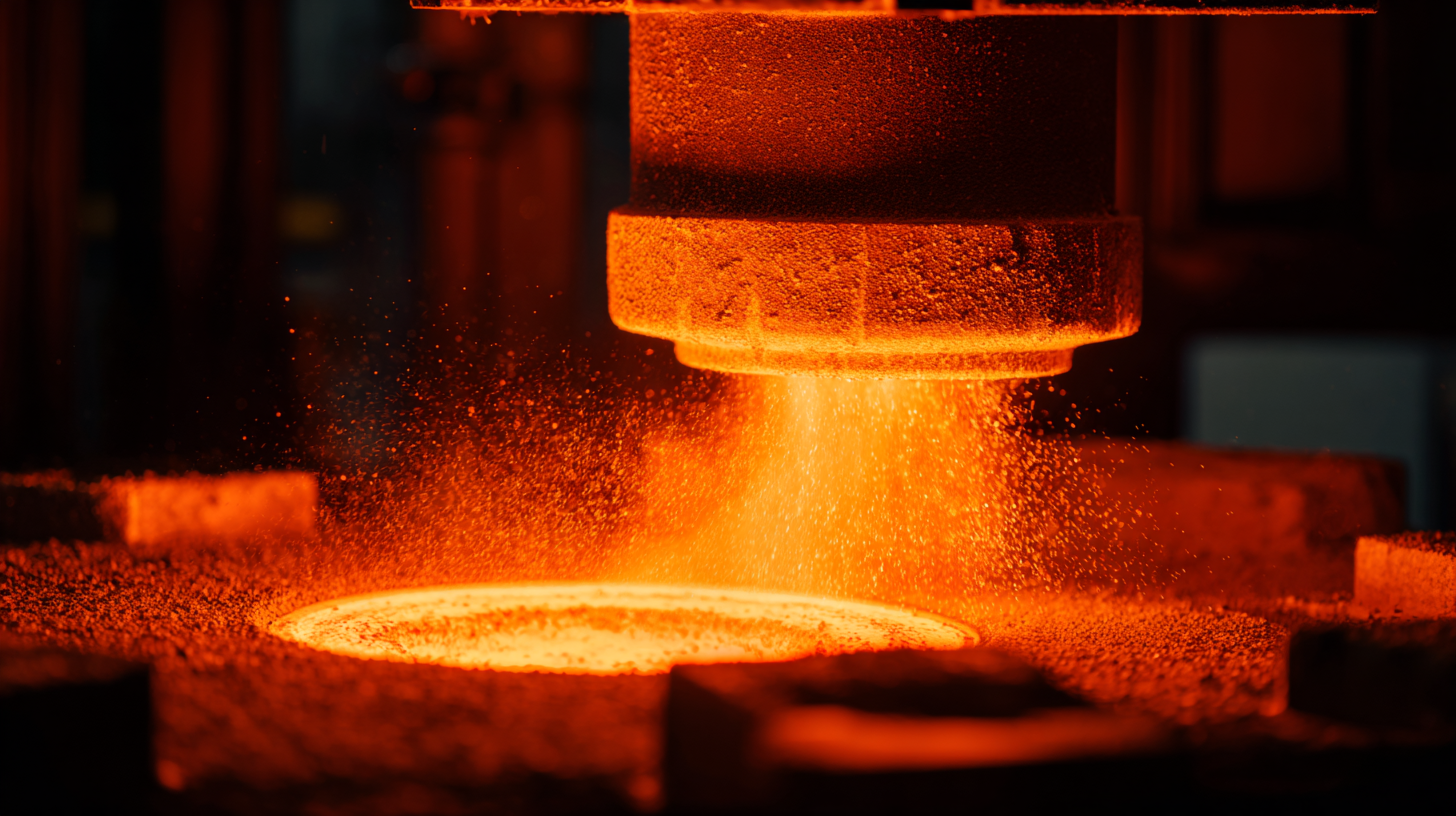
The introduction of advanced casting techniques, particularly in titanium alloys, is reshaping the aerospace landscape. These materials offer exceptional properties such as low density, high strength, and excellent temperature stability, making them ideal for critical aerospace components. As governments and industries push for the adoption of innovative manufacturing processes, the integration of smart technologies and advanced materials will likely accelerate the growth of the investment casting market, paving the way for enhanced efficiencies and product performance in the aerospace sector.

